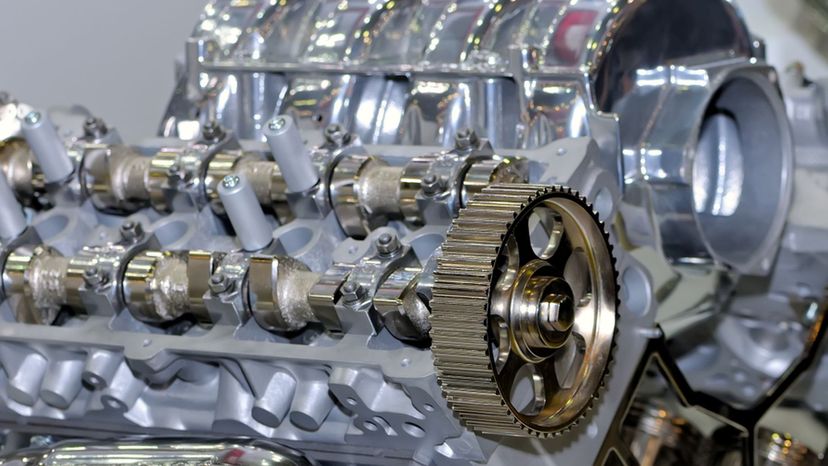
About This Quiz
Get out your magnifying glass and try to remember detail engine schematics. The tiny parts in engines abound! You might think of engines as large, smelly, loud objects sitting under your car hood, but some of the parts are actually very tiny.
When engines were first created, they were relatively simple machines that people marveled at. The fact is, they were loud, smelly, unreliable, weak, and wouldn't last long. That's far different from the engines we get in cars today. We've become conditioned to expect most engines to last the life of a vehicle, thanks to all kinds of innovations in their design.Â
Of course, with all that innovation comes complexity. Modern engines contain hundreds of parts, but as a trade-off they are light years ahead of early car engines. If you've ever rebuilt a newer engine, particularly one with fuel injection, you know just how many little components are inside them. Forgetting to install just one little part, or not installing it exactly as you should can result in serious engine problems. Every last component in an engine is important, even the small things you might think are somewhat expendable.Â
Just how much do you know about the little things in an engine? Take this quiz to find out!Â
Advertisement
Advertisement
Advertisement
Advertisement
Advertisement
Advertisement
Advertisement
Advertisement
Advertisement
Advertisement
Advertisement